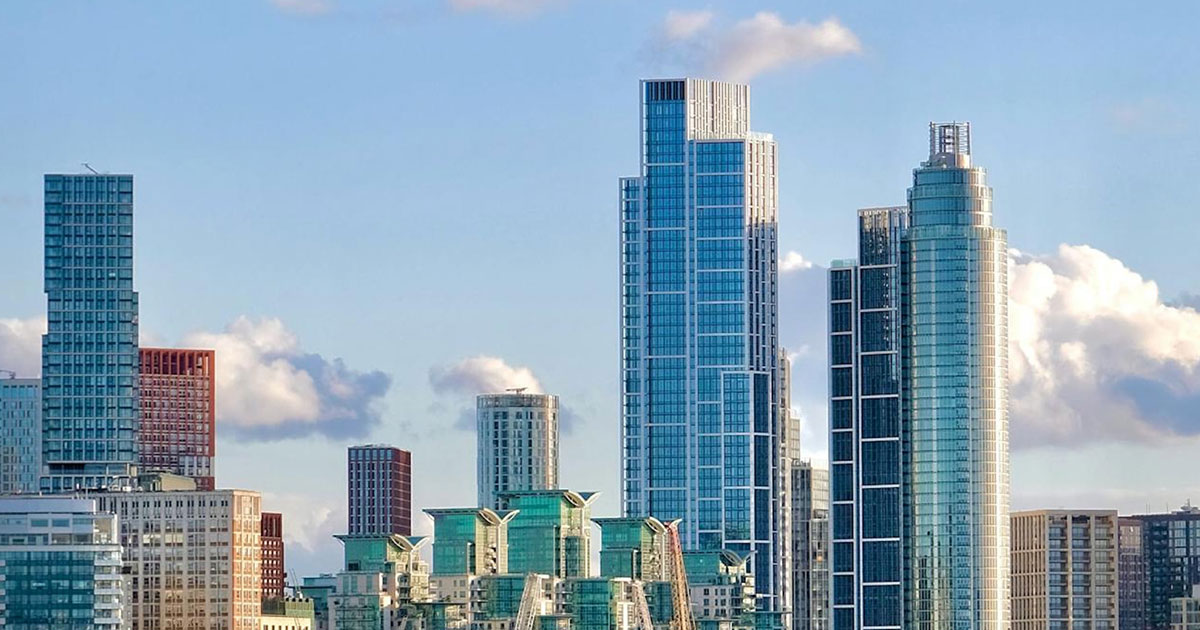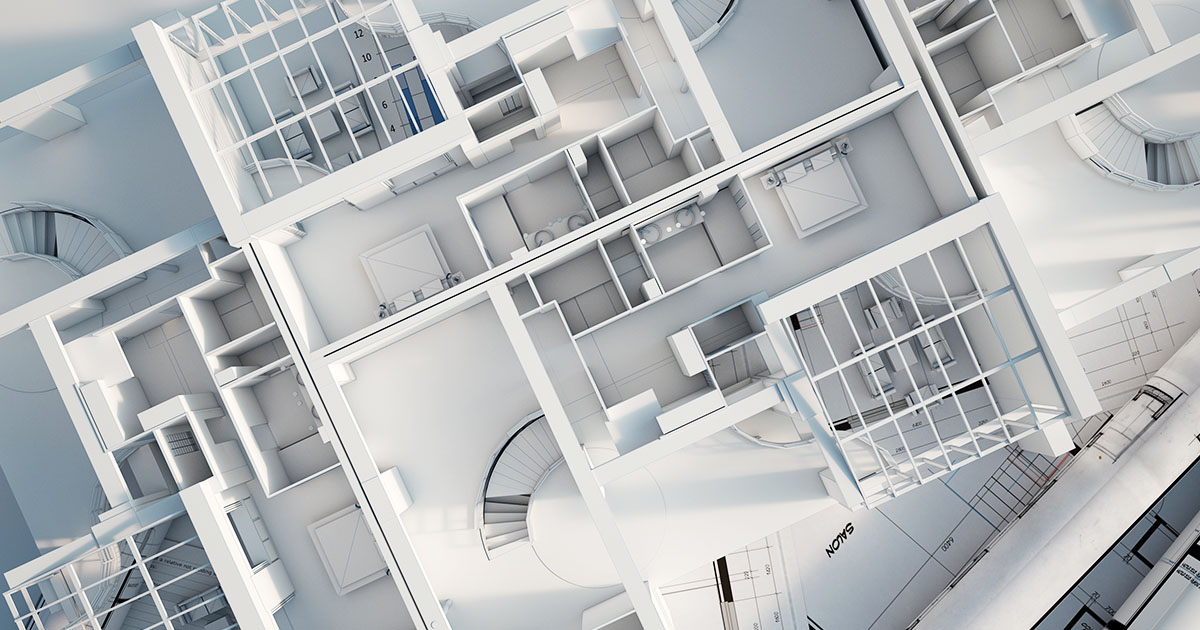Changes to the Use Classes Order in England

The Town and Country Planning (Use Classes) (Amendment) (England) Regulations 2020 (SI 2020 No.757) were introduced by the government on 20 July, and take effect on 1 September 2020. The new Regulations make radical changes to the 1987 Use Classes Order. These changes sit alongside the recent additions to permitted development rights, forming part of the government’s “Project Speed”, with the aim being to support the high street revival and allow greater flexibility to change uses within town centres without the need for express planning permission.
The Regulations introduce three new use classes:
- Class E (Commercial, business and service) – including retail, restaurant, office, financial/professional services, indoor sports, medical and nursery uses along with “any other services which it is appropriate to provide in a commercial, business or service locality”;
- Class F.1 (Learning and non-residential institutions) – including non-residential educational uses, and use as a museum, art gallery, library, public hall, religious institution or law court; and
- Class F.2 (Local community) – including use as a shop of no more than 280 sqm mostly selling essential goods, including food and at least 1km from another similar shop, and use as a community hall, area for outdoor sport, swimming pool or skating rink.
It will be apparent from the above that Parts A and D of the original Schedule to the Use Classes Order have been entirely deleted, with Use Classes A1, A2, A3, parts of D1 and D2 subsumed into new Use Class E along with Class B1. Changes of use within this new Class E will not constitute development at all (as opposed to permitted development). This new flexibility is not linked to spatial considerations and therefore will apply both to high streets and all town centre uses located outside of centres. It thus has the potential to result in the introduction of non-office type activities (including retail) in traditional out of centre business parks, which runs contrary to current national and local planning policies designed to protect town centre retail.
The remaining Use Classes within Parts A and D of the original Schedule to the Use Classes Order (including A4/A5) have now become sui generis uses, with the effect that no changes of use to or from these uses fall within permitted development. This includes uses as a pub/drinking establishment (A4), hot food takeaway (A5), venue for live music (D2), cinema (D2(a)), concert hall (D2(b)) and bingo hall (D2(c)). It is currently unclear whether a mixed restaurant and takeaway use (A3/A5) would now fall within the new E class or sui generis. A sui generis use may make it harder for takeaway operator clients to find premises given that any new tenant at the end of the term would need a change of use permission.
Use Class B2 remains in what is now Schedule 1, in an amended form. Part C of the original Schedule to the Use Classes Order is not affected by the new Regulations and therefore Use Classes C1, C2, C2A, C3 and C4 remain unchanged.
Full details of the new and revised Use Classes are set out in the table below.
Drafting considerations
Landlord clients should consider whether they are happy for tenants to take advantage of the new flexibility afforded by Use Class E. If not, it would be wise to define the use in the lease by description (e.g. use as a restaurant) rather than by reference to Use Class alone.
When do the changes take effect?
From 1 September 2020, where a building or other land is being used for a purpose falling within one of the original Use Classes, that building or other land will be treated as if it is being used for the corresponding new Use Class (for example – an existing retail shop within Class A1 would be deemed to be occupied for a use falling within new Class E). New planning applications (including variations and reserved matters approvals) will also be determined by reference to the new Use Classes. The previous Use Classes will, however, remain relevant for certain change of use permitted development rights until 31 July 2021. There are also some complicated transitional provisions in the Regulations relating to permitted development prior approvals and planning applications or Article 4 Directions made before 1 September 2020 and the uses or Use Classes that apply to those. These transitional provisions will remain in place until 31 July 2021. If in doubt, please seek the advice of the Planning team.
A PDF copy of the article above is also available to download here.
| Use | Use Class up to 31 August 2020 | Use Class from 1 September 2020 |
| Shop ≤ 280 sqm mostly selling essential goods, including food and at least 1km from another similar shop | A1 | F.2 |
| Shop | A1 | E |
| Financial and professional services (not medical) | A2 | E |
| Café or restaurant | A3 | E |
| Pub or drinking establishment | A4 | Sui generis |
| Takeaway | A5 | Sui generis |
| Office other than a use within Class A2 | B1a | E |
| Research and development of products or processes | B1b | E |
| For any industrial process (which can be carried out in any residential area without causing detriment to the amenity of the area) | B1c | E |
| Industrial | B2 | B2* |
| Storage or distribution | B8 | B8 |
| Hotels, boarding and guest houses | C1 | C1 |
| Residential institutions | C2 | C2 |
| Secure residential institutions | C2a | C2a |
| Dwelling houses | C3 | C3 |
| Use of a dwellinghouse by 3-6 residents as a ‘house in multiple occupation’ |
C4 | C4 |
| Clinics, health centres, creches, day nurseries, day centre | D1 | E |
| Schools, non-residential education and training centres, museums, public libraries, public halls, exhibition halls, places of worship, law courts |
D1 | F.1 |
| Cinemas, concert halls, bingo halls and dance halls | D2 | Sui generis |
| Gymnasiums, indoor recreations not involving motorised vehicles or firearms |
D2 | E |
| Hall or meeting place for the principal use of the local community | D2 | F.2 |
| Indoor or outdoor swimming baths, skating rinks and outdoor sports or recreations not involving motorised vehicles or firearms | D2 | F.2 |
*Unless the use falls within Schedule 2, Part A, Class E(g) – i.e. it is an industrial use that can be carried out in any residential area without detriment to the amenity of that area by reason of noise, vibration, smell, fumes, smoke, soot, ash, dust or grit. If this is the case, the use will fall within the new Class E.
Laura Parrish is a Senior Associate in the Planning team.
Judicial Review challenge to the recent permitted development right and use class changes dismissed by the High Court
On 17 November 2020, Lord Justice Lewis and Mr Justice Holgate dismissed the Judicial Review challenge to the government’s recent changes to permitted development rights and use classes on all grounds.
Planning Reforms: True revolution or plus ça change…?
Podcast host, Miri Stickland, is joined by Head of Planning, Partner Victoria Du Croz, and senior associate, Laura Parrish, to discuss the impact of recent changes to the Use Classes Order and Permitted Development Rights as well as further planning reforms which are still to come.






